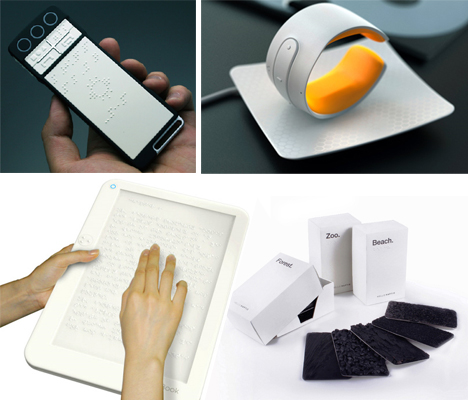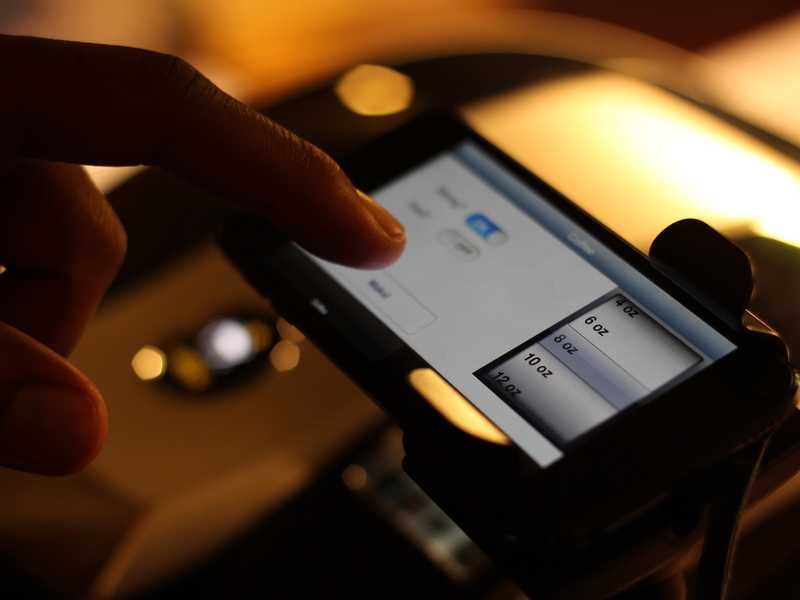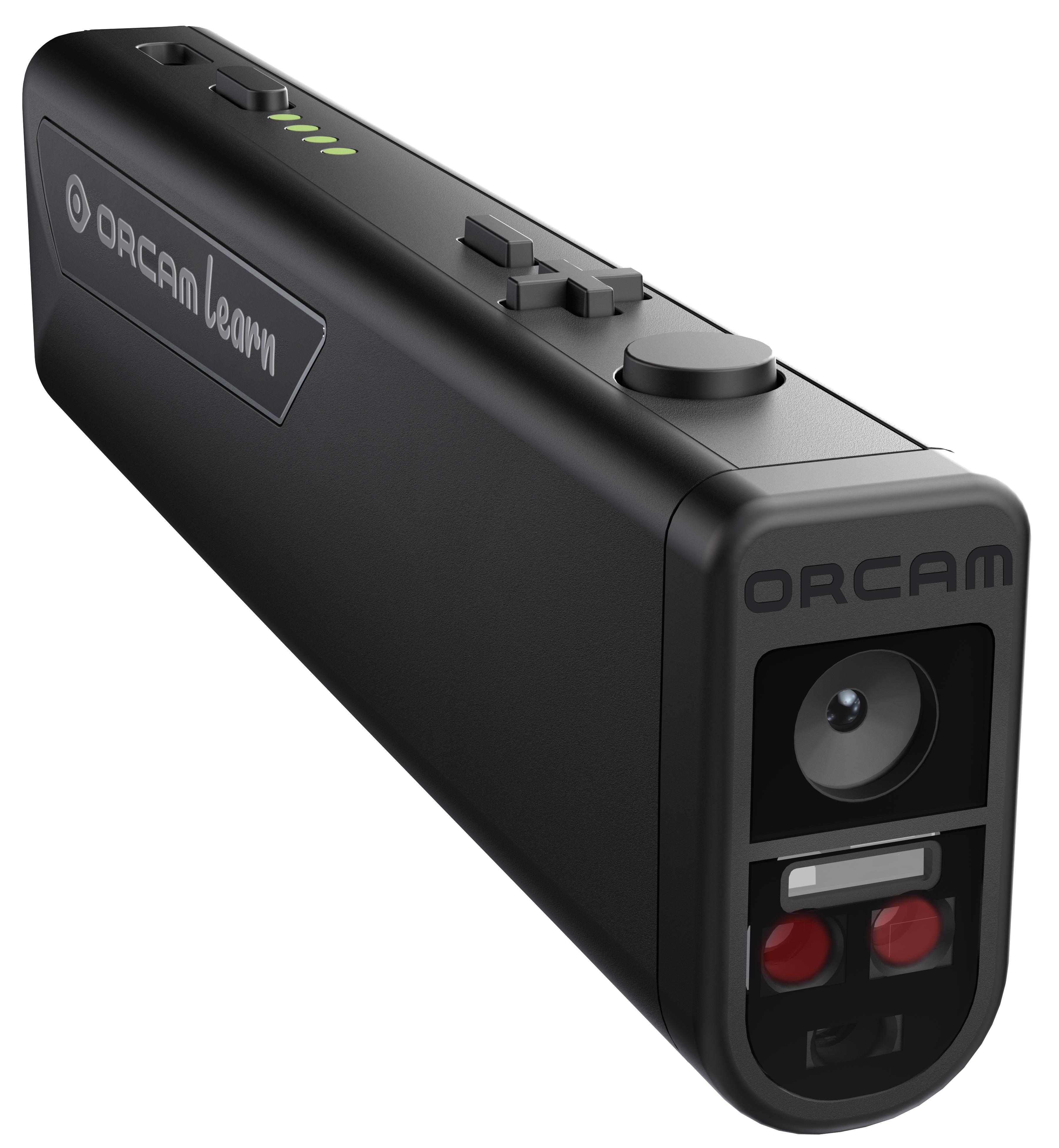Explore Smart Glasses for the Visually Impaired and Their Benefits
Explore Smart Glasses for the Visually Impaired and Their Benefits
Blog Article
Empowering Independence With Assistive Technology for the Blind
The integration of assistive innovation right into the lives of individuals with aesthetic problems represents a significant innovation in advertising self-reliance and self-sufficiency. From cutting-edge display viewers to advanced smart walking canes, these devices not just improve everyday navigation and communication yet likewise encourage users to involve meaningfully in different aspects of life. As we check out the myriad advantages and real-world applications of these modern technologies, it ends up being essential to take a look at the hidden aspects that contribute to their efficiency and the capacity for future developments in this essential field.
Introduction of Assistive Innovation

The growth of assistive innovation is based in concepts of inclusivity and empowerment. Innovations in software program, hardware, and sensory enhancements supply users with alternatives tailored to their particular requirements. From display visitors that convert message to speech, to tactile gadgets that share information via touch, these devices transform the way people engage with their environments.
Along with functional applications, assistive technology promotes greater social addition and engagement in various sectors, including education and work (Voice-activated assistive devices). As research and advancement remain to evolve, the capacity for assistive innovation to additionally boost the lives of visually impaired people remains promising, leading the way for a more fair culture where everyone can prosper
Kinds of Assistive Gadgets
A selection of assistive tools have actually arised to sustain individuals with aesthetic impairments, each created to satisfy specific requirements and improve daily functioning. These gadgets range from low-tech services to high-tech developments, supplying varied options for individuals.
Low-tech gadgets include magnifiers and large-print materials that assist in reading and writing. Braille devices, such as Braille slates and stylus pens, make it possible for responsive analysis and interaction. Positioning and mobility help, like white walking canes, help individuals browse their environment safely.
On the greater end of the range, electronic zoom systems and display readers use significant support. Electronic magnifiers enable users to enlarge message and pictures on screens, while screen readers transform digital material right into synthesized speech, assisting in accessibility to information on mobile phones and computer systems.
Smartphone applications likewise play a critical role, offering features like text acknowledgment and navigation support. Wearable technology, such as wise glasses outfitted with enhanced reality, is becoming an encouraging device to boost situational recognition.
Advantages of Assistive Technology
The integration of assistive modern technology dramatically improves the lifestyle for individuals with visual disabilities. These modern technologies equip users by promoting independence, allowing them to navigate their environments better and execute everyday tasks with greater ease. Display readers and zoom software program enable people to gain access to digital information, promoting academic and professional possibilities that might have formerly been out of reach.
Furthermore, assistive tools such as smart canes and GPS applications offer real-time navigation help, enhancing movement and safety and security. This raised freedom not just boosts self-worth yet likewise urges social involvement, enabling individuals to get involved more completely in their neighborhoods.
Assistive modern technology also promotes communication, helping users get in touch with others via voice acknowledgment and text-to-speech applications. This capacity is essential for keeping relationships and Bonuses accessing crucial information.
Additionally, the customization choices readily available with many assistive modern technologies make certain that customers can customize gadgets to their particular requirements, further improving functionality and performance. On the whole, the benefits of assistive technology for people with aesthetic problems are profound, advertising a much more comprehensive society where every person can seek their objectives and aspirations.
Study and Success Stories
Highlighting the transformative effect of assistive innovation, countless case research studies illustrate exactly how individuals with aesthetic disabilities have efficiently integrated these devices right into their lives. One compelling instance entails an university pupil that utilized screen analysis software to navigate academic products and online resources efficiently. This innovation not just promoted her education and learning yet also enhanced her confidence in participating in discussions and team tasks.
An additional study includes a professional who employs a mobile phone application created for navigation and item acknowledgment. By utilizing this app, he has actually reclaimed freedom in both his individual and workplace, permitting him to commute individually and engage with coworkers better.
Additionally, a retiree shared her experience with braille e-readers, which eye exam and contacts near me enabled her to access a huge variety of literature and stay gotten in touch with her neighborhood via book clubs.
These success tales underscore the critical role of assistive innovation in fostering independence, boosting lifestyle, and promoting social assimilation for people with visual problems (AI-powered visual aids). By accepting these innovative devices, individuals can conquer challenges and seize possibilities that add to their personal and specialist fulfillment

Future Patterns in Assistive Technology
Development in assistive modern technology is positioned to redefine the landscape of support for people with visual disabilities. Emerging fads highlight the combination of expert system (AI) and artificial intelligence, which improve the capability of devices that assist with navigation and information accessibility. AI-driven applications are now qualified of interpreting aesthetic data in real-time, making it possible for customers to involve with their environment extra independently.
Furthermore, the development of wearable technology is progressing swiftly. Smart glasses geared up with augmented reality (AR) can offer audio descriptions of surroundings, transforming how users interact with public areas. These tools not just promote autonomy however additionally foster social incorporation.
Furthermore, the Net of Things (IoT) is making homes smarter, permitting smooth connectivity between everyday devices and assistive gadgets. This connection encourages users by allowing automated reactions and voice-activated controls tailored to specific needs.
Verdict
In conclusion, assistive innovation plays a pivotal function additional hints in encouraging people with visual problems by enhancing their independence and involvement with their environments. The diverse variety of applications and tools readily available not only assists in navigation and interaction however also promotes social assimilation and possibilities for professional and personal growth. As innovations proceed in this area, the potential for boosting the lifestyle for those with aesthetic disabilities will broaden, promoting greater autonomy and empowerment.

Report this page